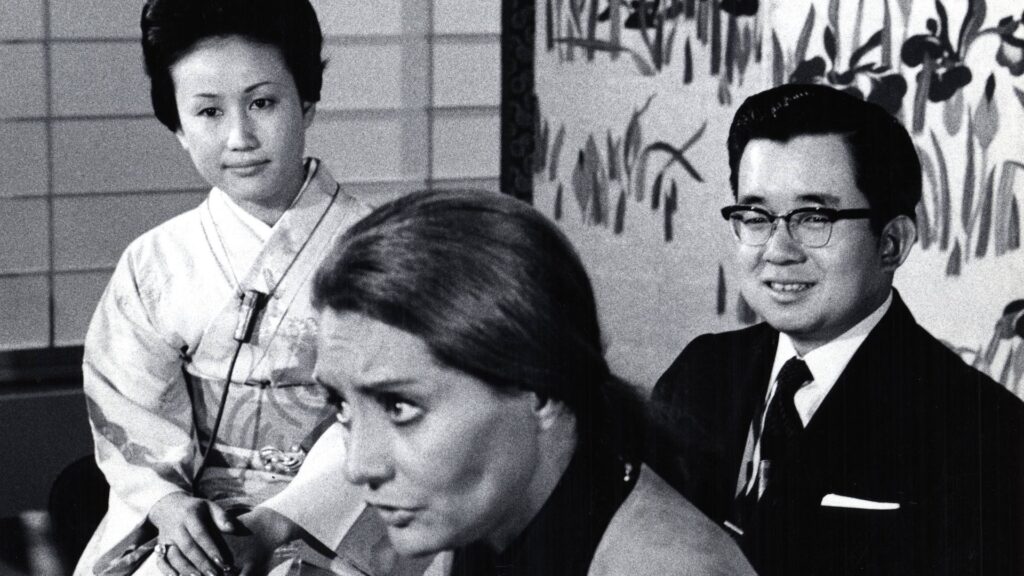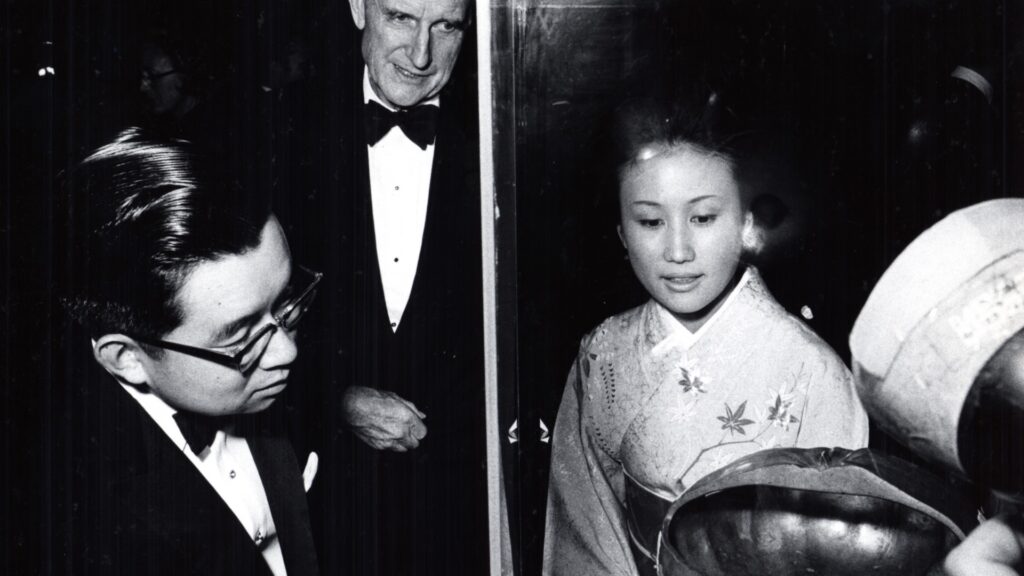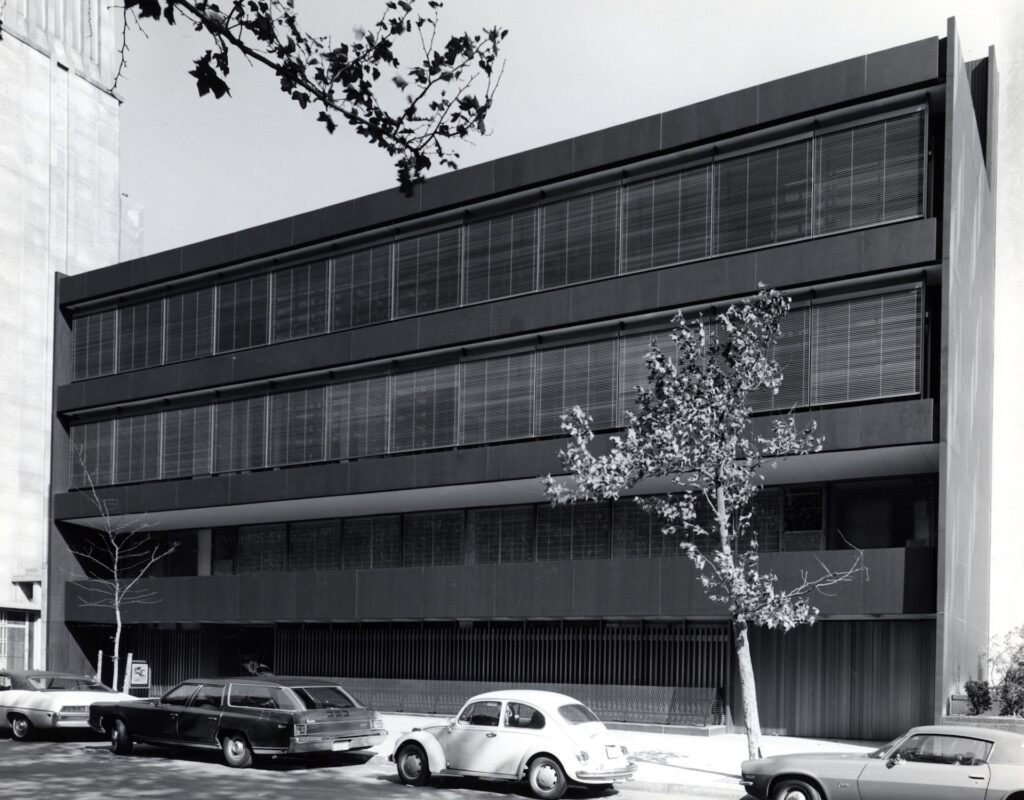Mission & History
Our Story
Japan Society is the premier organization connecting Japanese arts, culture, business, and society with audiences in New York and around the world.
At Japan Society, we are inspired by the Japanese concept of kizuna (絆)–forging deep connections to bind people together. We are committed to telling the story of Japan while strengthening connections within New York City and building new bridges beyond. In over 100 years of work, we’ve inspired generations by establishing ourselves as pioneers in supporting international exchanges in arts and culture, business and policy, as well as education between Japan and the U.S.
Now, more than ever, we strive to convene important conversations on topics that bind our two countries together, champion the next generation of innovative creators, promote mutual understanding, and serve as a trusted guide for people everywhere who seek to more fully appreciate the rich complexities and abundance of Japan.
From our New York headquarters, a landmark building designed by architect Junzo Yoshimura that opened to the public in 1971, we look forward to the years ahead, which will be defined by our digital and ideational impact through the kizuna that we build. Our future can only be enhanced by learning from our peers and engaging with our audiences, both near and afar. Please join us.
Brief History
In May 1907, two Japanese naval ships visited New York City carrying Vice Admiral Goro Ijuin and General Baron Tamemoto Kuroki, two heroes of the Russo-Japanese War. Lindsay Russell, an international lawyer, was named chairman of the mayor’s committee to entertain the visitors, and on May 19, Japan Society was formally established at a luncheon for General Kuroki held at the Hotel Astor. There were 100 Japan Society members by the end of that first day.
Japan Society was formed by a group of prominent New York business and professional men, most with business ties to Japan, primarily through banking and finance, and trade in silk, then Japan’s major export. They were joined by some of the leading Japanese residents of the city, who were eager for stronger ties between the two countries. Among the Americans was international customs lawyer Lindsay Russell, a leading force who served as President of the Society from 1910-19; Hamilton Holt, owner and editor of the Independent; banker August Belmont, grandson of Commodore Perry; financier and philanthropist Jacob Shiff; and Alexander Tison, a lawyer who had taught at Tokyo Imperial University. Leading the Japanese group was renowned scientist Dr. Jokichi Takamine; Ryoichiro Arai, who had done much to build up the direct silk trade between Japan and the U.S.; Consul General Chozo Koike; Kikusaboro Fukui, the New York head of Mitsui; Reitaro Ichinomiya, director of the Yokohama Specie Bank’s New York branch; and Eijiro Ono, executive auditor of the New York branch of the Bank of Japan.
These prominent New York business people and philanthropists shaped the policies of exchange and collaboration that guided the Society until the outbreak of World War II. After the war, activities slowly resumed, and the stewardship of John D. Rockefeller 3rd from 1952 to 1978 led to a unified vision, a firm financial foundation, and a revitalized mission that continues to inspire and sustain the organization today.


Our Building
Activities at Japan Society are set against a stunning backdrop of indoor gardens, a reflecting pool and a waterfall. Facilities include a 260-seat theater, art gallery, language center, library and conference rooms. Japan Society’s landmark building—located near the United Nations on 47th Street and First Avenue—was designed by architect Junzo Yoshimura and opened in 1971 as the first building in New York City by a leading Japanese architect. The classic elegance and simplicity of Yoshimura’s original vision has been preserved even as the building has been enhanced by a substantial renovation. Marking the 110th anniversary in 2017, renowned artist Hiroshi Sugimoto renovated the Society’s lobby garden, now featuring original artwork, handmade Nara ceramic tiles and two large-scale tropical bonsai ficus trees.

